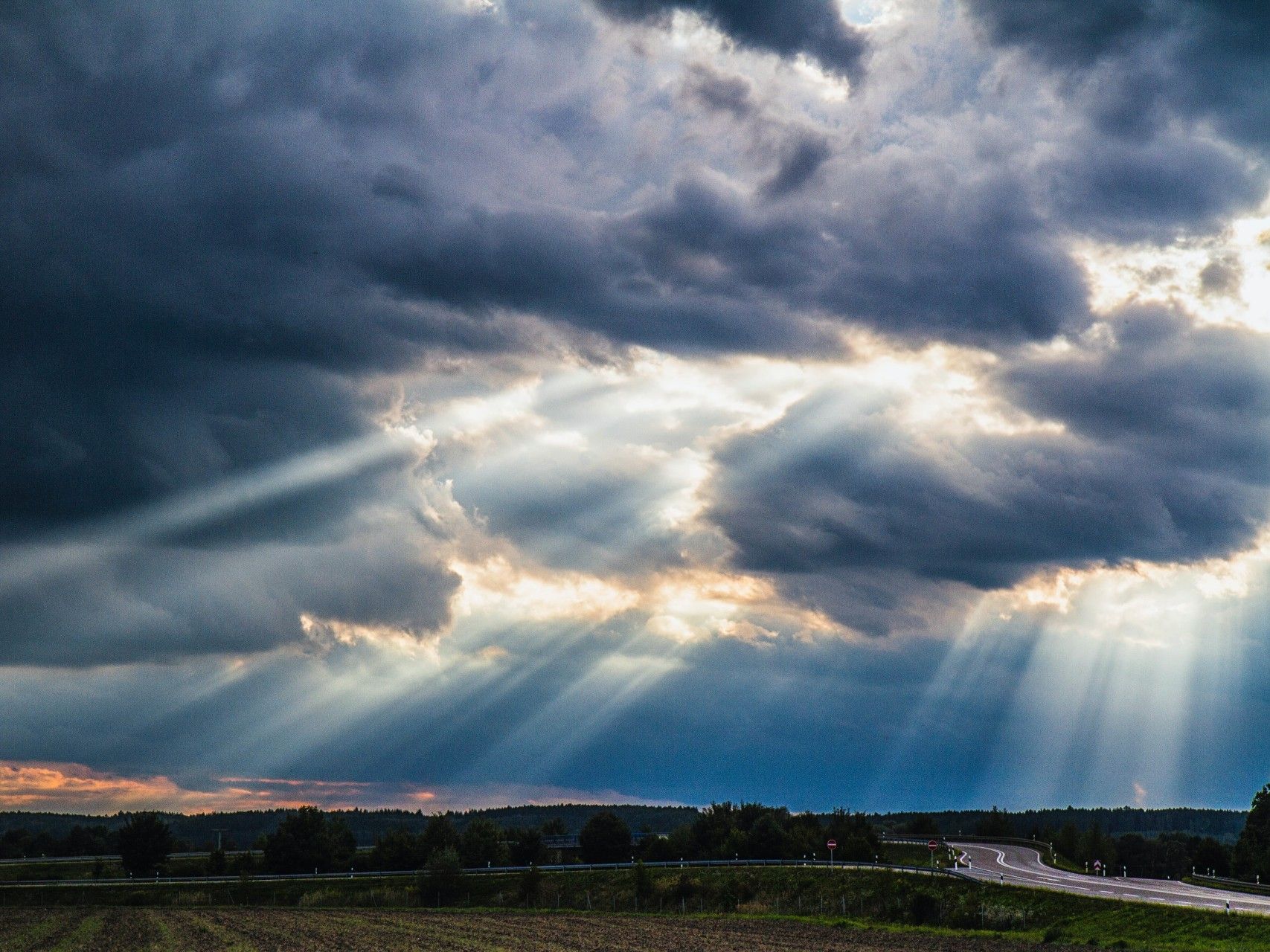
Building Surveying: Exploring the Right to Light
In the world of building surveying, the “right to light” often crops up. Asides from sounding something like a catchy slogan from a ‘90s MTV commercial, this government-legislated easement (or law) was conceived to allow landowners the ‘right’ to receive natural light through openings and designated apertures in buildings on their land. In rural areas, this rarely poses an issue; in more built-up environs, however, and increasingly in the development of new build properties, it’s a whole different matter.
The team here at Munday + Cramer offer extensive building surveying services across Essex, London and the Home Counties. We wanted to explore this area – which frequently sees legal disputes flare up as ill-temperedly as seen with party wall issues – in a little more detail.
Acquiring a Right to Light
A right to light is most commonly (though not always) gained by prescription, under Section 3 of The Prescription Act 1832 which states:
“When the access and use of light to and for any dwelling house, workshop, or other building shall have been actually enjoyed therewith for the full period of twenty years without interruption, the right thereto shall be deemed absolute and indefeasible, any local usage or custom to the contrary notwithstanding, unless it shall appear that the same was enjoyed by some consent or agreement expressly made or given for that purpose by deed or writing.” – The Prescription Act 1832
What this essentially means – once you’ve waded through the reams of dated jargon – is that you can acquire a right to light if you’ve had uninterrupted access to light through apertures within your property, for a minimum of 20 uninterrupted years and without written consent.
These conditions don’t, however, as one might’ve assumed, automatically grant a right to light, as any changes, alterations or repairs made to windows typically forfeit the ability to acquire through prescription. So, whilst older properties are indeed more likely to gain a right to light, it’s not guaranteed.
Where Do Disputes Arise?
In a modern-day context, problems tend to arise, on a domestic front at least, when new extensions or sheds are built, or perhaps the erection of a new high wall. Because rights to light are so often overlooked as a potential issue – that’s to say, many people won’t even consider it when having works done and therefore won’t acquire appropriate building surveying services – disputes end up becoming relatively commonplace.
If you know you have a right to light, then it’s important to remember that if you feel a proposed development is going to impinge that right, then you’ve firm grounds to oppose the development; this is the case even if said development has already been granted planning permissions. The amount of natural light that a right light stipulates someone is entitled to depends on the building type, in question; commercial buildings, for instance, roughly half a room should get natural light, whilst that amount increases slightly in domestic properties.
Is It Right That It’s a… Right?
Interestingly, although explicitly called the ‘right’ to light, there have been recommendations made as recently as 2014 by the legal reform body, the Legal Commission, in which that ‘right’ (and the way in which one might be gained) was called into question:
“Generally, people and buildings do not have a right to light. Instead, the law has to balance the need for new buildings, through the planning system.” – The Law Commission
In other words, in the eyes of the Law Commission, at least, the right to light nowadays, is as much an evidence and argument-based ‘right’ than it is the sort of statutory entitlement as stipulated in England by common law, by the Prescription Act of 1832 and that was consolidated by the Rights of Light Act 1959.
Common Misconceptions/Misunderstandings
The term right to light is somewhat broad and sweeping. It comes as no surprise, then, that many people assume its protections are equally all-encompassing. In reality, though, a right to light is actually something quite specific and by no means applies to every situation in which a property’s light/view is affected; here are two of the most common misconceptions surrounding rights to light:
“The Right to Light is a Planning Matter”
The right to light is not a planning matter. This is unquestionably the biggest misconception surrounding rights to light; people assume that it’s a planning issue when, in reality, it’s a civil (legal) matter. The confusion comes most often from the fact that, in considering planning applications, thought is given to how proposed developments might affect neighbouring property, and the obstruction of light (and/or views) plays part of those considerations.
“My Garden View’s Been Blocked – This Violates My Right to Light!”
The right to light does not pertain to any part of a property; the right specifically refers to apertures and windows – your garden losing its view, for instance, wouldn’t constitute a violation of your right to light.
What to Do?
Whether domestic or commercial, and whether you’re the party potentially violating a neighbouring party’s right to light, or if you’re the one whose right is being infringed upon, the best advice is always to seek specialist right to light advice from RICS-accredited building surveyors. Alongside our right to light advice, we also offer party wall surveys, dilapidations, quantity surveys and more!
Contact Us
So, if you’d like to find out more about our building surveying services, then get in touch! Contact Munday + Cramer today on 01245 326 200 or by emailing us at info@mcessex.co.uk. Alternatively, you can fill out one of our online contact forms.
Building Surveying, Building Surveyors, Building Surveyors in Essex, Building Surveyors in Kent, Building Surveyors in London
